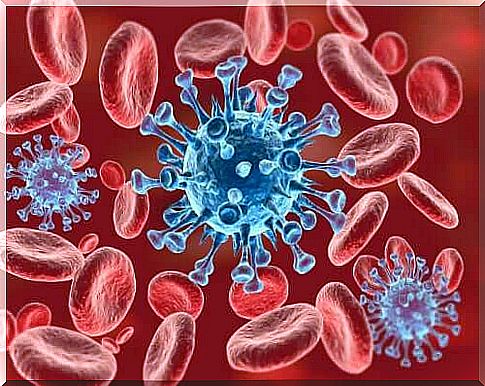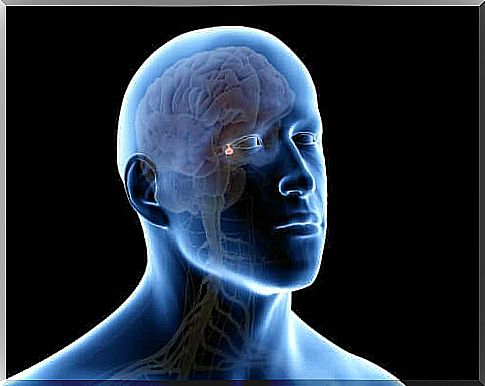Homeostatic Regulation Mechanisms

Homeostatic regulation mechanisms allow living beings to adapt to external stimuli.
Maintaining the internal stability of the organism is essential for any living being. Precisely for this reason the homeostatic regulation mechanisms assume so much importance for life.
The balance of a living organism depends a lot on its ability to adapt to the environment. To do this, he has an indispensable tool: homeostatic regulation mechanisms. In this article we will delve into the history and function of homeostasis.
Homeostasis and internal medium
Towards the middle of the 19th century, the French physiologist Claude Bernard realized a characteristic of the internal medium: constancy. Here, the cells arrange themselves in a balanced way. Exactly the opposite of what happens in the changing external environment.
After nearly a century, the American physiologist WB Cannon established that this balance was the result of a set of physiological mechanisms. These are the processes that make it possible to maintain the constant values necessary for survival.
Cannon proposed the term homeostasis to refer to the “stable” character of the internal medium. As mentioned above, the exact opposite of external fluctuation. The physiological processes are very complex and based on a constant self-regulating dynamic.
The mechanisms of homeostatic regulation
The cells of living beings can only move in the presence of certain parameters. These are the temperature, pH, ion concentrations and specific nutrients. However, organisms also depend on the external environment, which is constantly changing. But only from the environment can they obtain the energy necessary for internal balance.

Homeostatic regulatory mechanisms can be classified as follows:
- Negative feedback: it occurs when the value of a variable is different from the one requested. This variable can be lower or higher. In any case, it is not suitable for the functioning of a specific physiological process. By reaction, a regulatory mechanism is activated. This is able to inhibit the synthesis of the variable or to decrease its potency.
The regulation of blood glucose levels, the maintenance of body temperature … These are just some of the biological regulatory processes of living beings.
- Positive feedback: less frequent than the front mechanism. In this case, it contributes to the enhancement of a process or function.
It occurs during the initial phase of the action potential, in the depolarization of the plasma membrane. This is caused by the formation of sodium channels which, upon entering the cell, multiply. In this way, greater cellular depolarization occurs. Furthermore, positive regulation also occurs in the first phase of ovulation.
- Anteroaliment: A mechanism that allows an organism to predict highly probable events. It can be positive or negative. It occurs in metabolic chains and in neuronal coordination processes.
For example, an increase in heart rate may occur before physical exertion. The cerebellum also changes its functioning. The organism anticipates the state of the muscular system that is set in motion. Thus, he will be able to carry out the necessary nervous orders.

Homeostasis and allostasis
Let’s go back to the history of homeostatic regulation mechanisms. At first, Bernard and Cannon justified the stability of the internal medium. Later, in 1988, the neuroscientist Sterling proposed an opposite view. In reality it is more a question of a complementary vision: allostasis.
Unlike homeostatic equilibrium, allostasis involves the body’s ability to adapt to the outside through variations. That is to say, to compensate for external alterations, it alters the constancy of the internal medium. A clear example is blood pressure. In fact, its fluctuations are based on a specific external state. If kept constant it would cause the death of the individual.
This was the idea that led McEwen to propose the function of allostasis to maintain the balance of homeostasis. That is to say, it maintains the stability of the internal medium through change.









